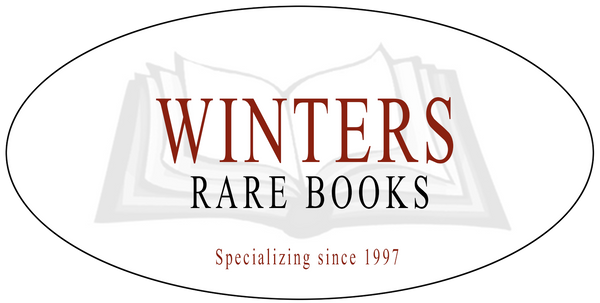The Burning Witch of Azkaban
Jan Maliepaard
How a single American spelling turned the UK Harry Potter and the Prisoner of Azkaban into a prized collector’s item
In early January 1999—more than six months before the official release of Harry Potter and the Prisoner of Azkaban on 8 July 1999—publisher Bloomsbury sent out the first proof copies of the book to a select group of reviewers. These early copies were simple paperbacks with either a purple (first state proof) or green (second state proof) cover, featuring a white horizontal band across the middle. The back of the book included bibliographic information and a disclaimer stating that the contents “should not be quoted without comparison to the final revised text.
As it would turn out, that final revised text would not come without its share of complications.
A language purist’s objection to American spelling
The trouble began with a language purist who read one of the proof copies and took offence at a single word in a humorous passage about witch-burning in medieval times:
“Wendelin the Weird enjoyed being burned so much that she allowed herself to be caught no less than forty seven times in various disguises.”
While grammatically correct, the phrase “being burned” uses American spelling. In British English, the expected form would be “being burnt.” This stylistic detail may seem trivial, but for Bloomsbury, it was reason enough to act decisively.
The change from American to British spelling was made early in 1999 and was most likely carried out by a Bloomsbury editor who plays a somewhat infamous role in another production story—detailed in our article “The Double 1 Wand Error" , available elsewhere on this website. That article describes how, around the same time, a previously corrected error in Philosopher’s Stone accidentally reappeared in a later reprint.

In this case, the editor successfully replaced “being burned” with “being burnt,” but then made a mistake by pressing the Enter key, unintentionally splitting the sentence across two lines. What started as a minor stylistic revision resulted in a much more disruptive layout error.

A misprint turned treasure: the first state edition
By early May 1999—two months before the official release—a batch of books containing the layout error had already been printed. These misprinted copies are now known as the highly collectible first state of the first edition.
Because of its status as a collector’s item, enthusiasts have long sought to know exactly how many first state copies exist. Unfortunately, no definitive number has been confirmed. Bibliographer Philip Errington investigated the matter and, based on information from the book trade, concluded that the number likely sits around 2,500 copies.
Interestingly, most of these copies have surfaced in Australia, where Bloomsbury also held the publication rights. It is possible the publisher deliberately redirected the flawed copies there—perhaps to avoid further scrutiny from the language purist who had triggered the original revision.
The second state: fixing the errors

On 8 July 1999, the final version of Harry Potter and the Prisoner of Azkaban—now referred to as the second state—was officially released. This edition featured not only the corrected layout but also a notable bibliographic change: for the first time, the author’s name on the copyright page appeared as J.K. Rowling rather than Joanne Rowling. All previous UK Bloomsbury editions published between 1997 and mid-1999 had used her full name.
The third state: the omitted printer’s name
According to bibliographer Philip Errington, Bloomsbury confirmed a total of 5,150 first printings of Harry Potter and the Prisoner of Azkaban. He divides these into three distinct states:

- First state: featuring the layout error caused by the unintended line break.
- Second state: with the corrected layout and updated author name.
- Third state: a slightly altered variant that omits the printer’s name on the copyright page.
It has since become clear that the so-called third state was actually produced and distributed by Bloomsbury for the Australian market. For cost-efficiency reasons, the books were printed in Australia, as printing locally was more economical than shipping from the UK. The text file from the second state was simply modified by removing the line on the copyright page that named the printer. The edition is also distinguishable by its thicker format due to the use of heavier paper. To accommodate this, a purple line was added near the top left of the dust jacket’s spine to ensure a proper fit.
If we leave this variant out of consideration, we are left with two main print states: the first state, estimated at around 2,500 copies, and the corrected second state, which likely makes up the remainder of the print run.
If the total number of 5,150 copies is accurate, this means that both states exist in roughly equal quantities. Yet collectors show a clear preference: the flawed first state consistently commands significantly higher value.

When edits lead to treasure
The unintended line break in the first state has become a badge of honour among bibliophiles. What started as a minor stylistic correction by a well-intentioned editor with a shaky track record ultimately resulted in the most coveted variant of the book.
Market demand reflects this: first state copies consistently fetch significantly higher prices than their corrected counterparts.
Sometimes, all it takes is the help of a language purist to set off a chain of events that turns books into collector’s items.
View HERE the copies of this title that we currently have in stock.
